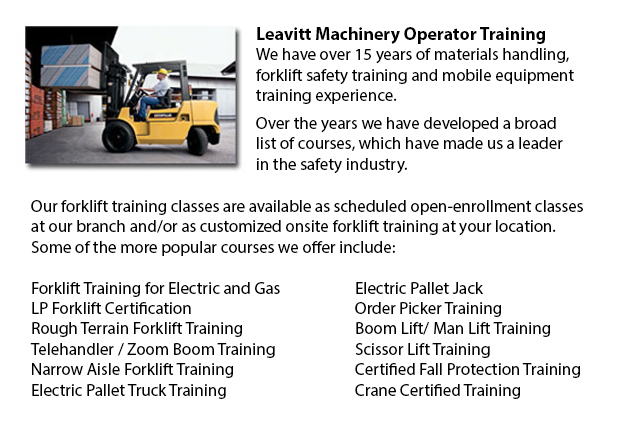
Aerial hoists can accommodate many odd jobs involving high and hard reaching places. Normally utilized to complete daily maintenance in structures with tall ceilings, prune tree branches, elevate heavy shelving units or fix phone cables. A ladder might also be utilized for many of the aforementioned jobs, although aerial platform lifts provide more safety and stability when correctly used.
There are several distinctive types of aerial hoists accessible, each being able to perform slightly unique jobs. Painters will sometimes use a scissor lift platform, which can be utilized to get in touch with the 2nd story of buildings. The scissor aerial jacks use criss-cross braces to stretch out and extend upwards. There is a table attached to the top of the braces that rises simultaneously as the criss-cross braces elevate.
Cherry pickers and bucket lift trucks are another type of the aerial lift. Typically, they possess a bucket at the end of an elongated arm and as the arm unfolds, the attached bucket lift rises. Forklifts use a pronged arm that rises upwards as the lever is moved. Boom hoists have a hydraulic arm which extends outward and hoists the platform. All of these aerial platform lifts require special training to operate.
Through the Occupational Safety & Health Association, also labeled OSHA, education courses are on hand to help make certain the employees meet occupational standards for safety, system operation, inspection and maintenance and machine cargo capacities. Workforce receive certification upon completion of the lessons and only OSHA certified employees should operate aerial lift trucks. The Occupational Safety & Health Organization has formed guidelines to uphold safety and prevent injury while using aerial platform lifts. Common sense rules such as not using this piece of equipment to give rides and making sure all tires on aerial lifts are braced in order to prevent machine tipping are observed within the rules.
Sadly, data expose that more than 20 aerial lift operators die each year when operating and just about ten percent of those are commercial painters. The majority of these accidents were caused by inadequate tie bracing, hence many of these could have been prevented. Operators should make sure that all wheels are locked and braces as a critical safety precaution to prevent the machine from toppling over.
Other guidelines include marking the surrounding area of the machine in a visible way to protect passers-by and to ensure they do not approach too close to the operating machine. It is vital to ensure that there are also 10 feet of clearance between any utility lines and the aerial hoist. Operators of this apparatus are also highly recommended to always wear the proper security harness when up in the air.
-
Crown Forklift
More -
Terex Forklift
Terex Forklifts takes immense delight in manufacturing quality equipment that helps improve their customers' efficiency while standing by their mission to provide a cost effective yet reliable product line. Through several divestures and acquisitions... More -
Boom Lifts
Boom lifts are machinery that has a platform which could be lowered or lifted to many heights, therefore making this piece of equipment an important requirement in a wide variety of professions. Accessible in many different specialized types such as... More -
Pallet Stackers
Pallet stackers are a kind of pallet jack that might be used to stack, transfer and lift commodities positioned on a pallet that are far too burdensome for manual lifting. Mainly these mechanisms are used to load and unload goods from trucks and to t... More -
Hyster Forklift
Hyster is presently a global leader in forklifts and warehousing solutions. However, it began as a producer of lifting machinery and winches. Most of its production was focused in the northwest United States and dealt mostly with the wood and loggi... More

Forklift Training Avondale
TOLL FREE: 1-888-254-6157
Avondale, Arizona
forkliftcertificationavondale.com
Email Us
About Us


